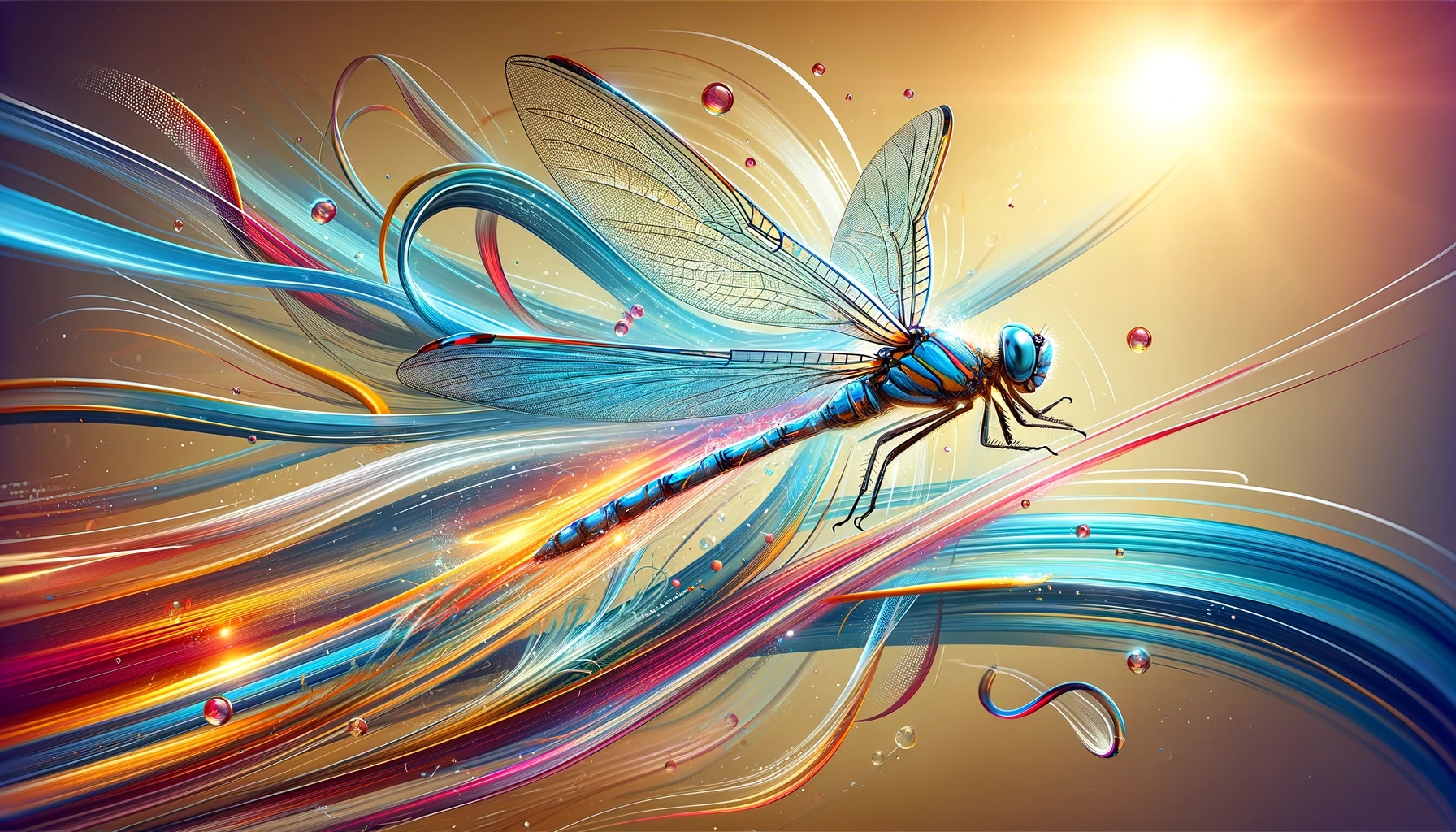
Dragonflies are among nature’s most proficient fliers, capable of jaw-dropping feats of speed and agility that have captivated observers for centuries. With their iridescent wings catching the sunlight as they dart across water bodies and meadows, dragonflies are the embodiment of precision flying. This blog post explores the remarkable abilities of these insects and how their aerial prowess not only serves their survival needs but also inspires advancements in technology and engineering.
The Science of Dragonfly Flight
Dragonflies belong to the order Odonata, an ancient group of insects that has graced Earth for over 300 million years. Their two pairs of wings operate independently, allowing for sharp turns, sudden stops, and even backward flight. This incredible maneuverability is crucial for hunting prey and evading predators.
A dragonfly’s flight is powered by a unique set of muscles attached to the base of the wings, enabling them to change direction in an instant. Unlike many insects, dragonflies can control each of their four wings independently, contributing to their exceptional agility.
Speed Demons of the Insect World
Dragonflies are among the fastest flying insects, capable of reaching speeds up to 35 miles per hour. Their speed, combined with their ability to hover and fly backward, makes them unparalleled hunters, capable of catching even the quickest of prey mid-air.
Aerial Acrobatics and Agility
The agility of dragonflies is unmatched in the insect world. They can make sharp turns and sudden stops that are virtually impossible for other flying creatures. This agility is not just about speed; it’s about control. Dragonflies can calculate the trajectory of their prey and intercept them with astonishing accuracy.
Inspiration for Technology
The flight mechanics of dragonflies have long fascinated scientists and engineers, inspiring innovations in drone technology and robotics. By studying how dragonflies maneuver with such precision and speed, researchers hope to develop more efficient and agile flying machines.
Conservation and Importance
Despite their prowess, dragonflies face threats from habitat loss and pollution. Conserving wetlands and natural habitats is crucial for preserving these remarkable insects. Dragonflies play a vital role in ecosystems, controlling mosquito populations and serving as indicators of environmental health.
Dragonflies are not just beautiful creatures; they are marvels of nature’s engineering. Their speed and agility are testaments to millions of years of evolution, perfecting the art of flight. As we continue to learn from them, dragonflies remind us of the wonders that lie in the natural world and the importance of preserving it for future generations.
By understanding and appreciating the incredible abilities of dragonflies, we gain insight into the complexity of nature and the potential for innovation inspired by the natural world.
